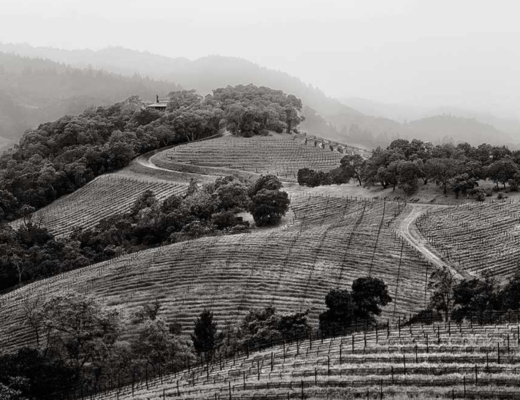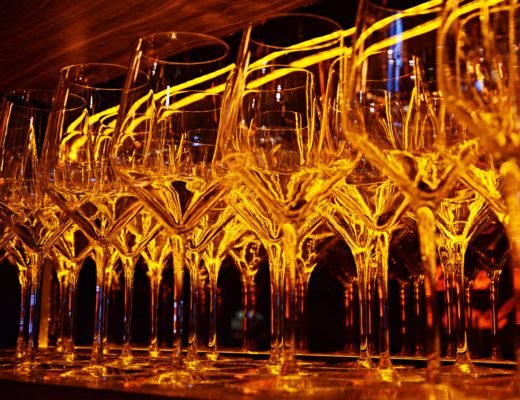The very top Champagnes are showing healthy returns, making them a good avenue to explore beyond Bordeaux, says Rebecca Gibb
Champagne came to the world’s attention last year when national newspapers proclaimed bubbly as a shrewd investment prospect. Figures from Liv-ex’s Champagne 25 Index showed a 27% rise in value in the year to June 2008. The Index tracks the price of 25 of the world’s top vintage Champagnes and showed impressive growth when compared to an 8% rise in the Bordeaux-dominated Liv-ex 100. FTSE 100 shareholders were green with envy having seen the value of their stocks fall almost 15% in the same period. But is fizz really an investment prospect, or has the sparkling market fallen flat since?
The figures speak for themselves. Krug 1996 hit an all-time high in June 2008, trading at £217 a bottle, though it has since fallen back to £196 (Liv-ex average trades excluding duty and sales tax, April 2009). Not a bad return if you’d picked it up on release in June 2007 for £125 a bottle. The 97-Parker point wine is expected to be drinking well until 2020, so there’s still plenty of life in it, and as supply dwindles, the price is sure to rise.
Similarly, Louis Roederer’s Cristal 1996 (95 Parker points). It was released in July 2002 at £60 a bottle. By August 2007, it was trading at £175 a bottle and peaked at £250 in July 2008.
While it has now fallen to £160, this still represents a 166% increase in value since it came on the market. Moët & Chandon’s Dom Pérignon (DP) 1996 is widely available compared with Krug and Cristal, and has seen 152% growth since release in 2003 at £48. A bottle now fetches £120.


